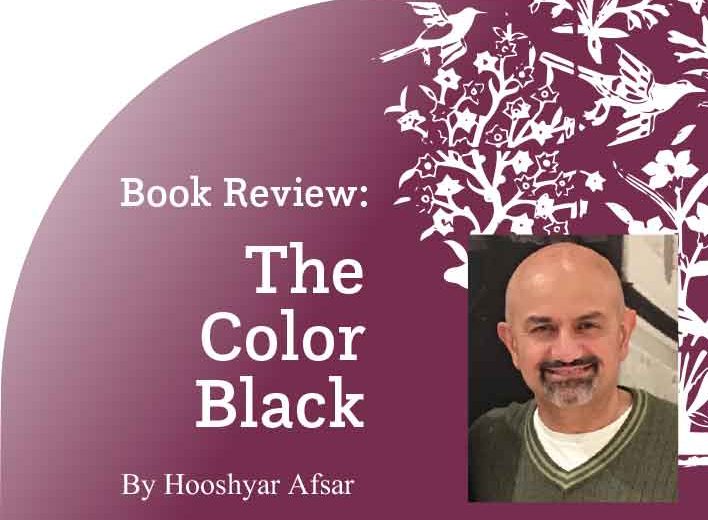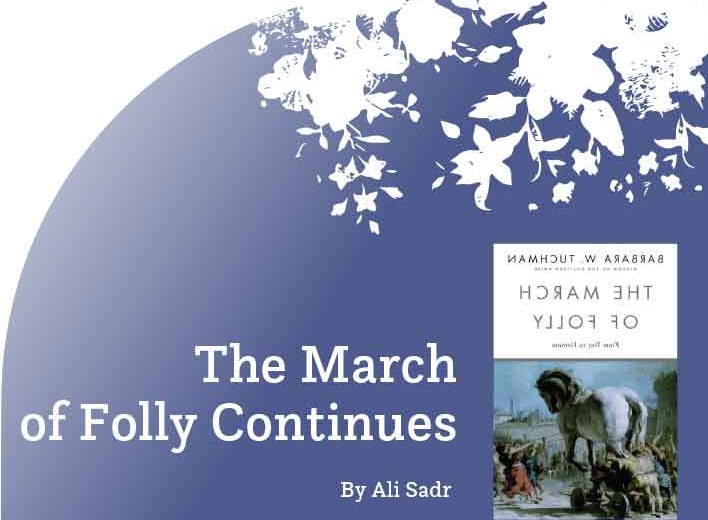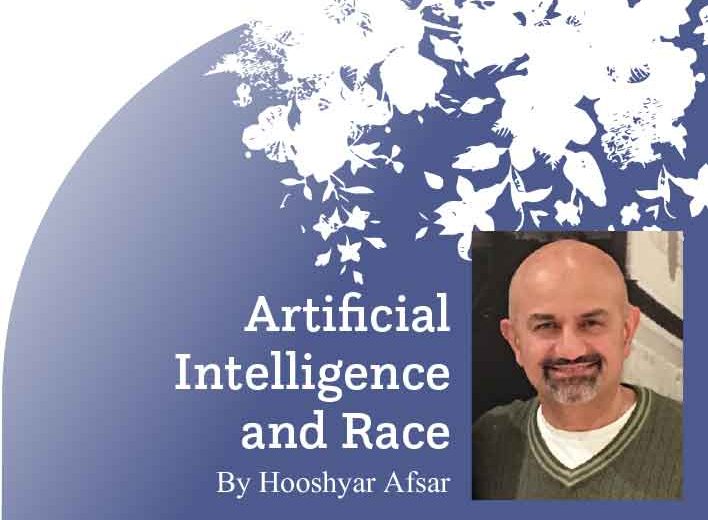By Hooshyar Afsar
As most of us know, the 2020 Census is under way. This is very important for our Iranian-American community because there is a history of Iranian-Americans being undercounted, therefore depriving our community from an accurate count resulting in under-representation. There is now a national coalition encouraging Iranians to write in Iranian no matter what box they pick. Census question number 9, which asks about race, allows everyone to write in their national origin regardless of which box they pick. While I agree with writing in Iranian, let’s shed some light on race and being Iranian.
What is race? Sociologists define race as a social construct. It means that race has no biological and scientific basis. If there was any doubt about this fact, with the mapping of human DNA in the 1990s, it was proven that as humans we share 99.98 percent of our DNA with each other all over the planet. So, why was this construct created?
Colonial powers created this construct for economic and political gain predominantly in the fifteenth century. Over four hundred years after the first slave ship arrived at the shores of Jamestown in the present day state of Virginia, race and racism still persists as it has been interwoven into the economic, social, and political fabric of society. Colonial powers used the notion of race to promote racism, justifying the “supremacy” of the “white” race. They created slavery as a racial cast system because they needed the labor of millions of African slaves to build the colonies. Slavery as a dominant racial cast system was eventually abolished all over the world, yet racial cast systems persisted by way of mutation.
In the United States, slavery mutated into convict leasing and then the regime of segregation (Jim Crow laws) and now mass incarceration/mass deportation. Today, many sociologists do not separate xenophobia and all forms of anti-immigrant bigotry from racism. In a way, the racist stereotype of black-person-as-a-criminal was first complemented by Latin-x person as illegal (hence a criminal) and then by middle-eastern person as a terrorist (hence a criminal). I argue that despite the U.S. government’s recognition of Iranians and Arabs as “white” in 1978, our community has been subject to overt and covert racism in the United States with many brazen manifestations including national registry for all Iranian students during the hostage crisis and the Muslim-ban instituted by the Trump administration. Between 2017 and 2019, 50% of all visitor and immigrant visas denied by the Trump administration (over 34,000 applicants) were Iranian applicants. In a sense, the Muslim ban might as well be called the Iranian ban. In other words, Iranians today have a 1.5% chance (one in sixty four) of getting their visa application approved by the U.S. State Department. Being deprived of new immigrants arriving in the United states, our community faces an existential threat by the way of a blocked pathway for new members.
In spite of our community being subject to racist and discriminatory policies, the fact is that many Iranian-Americans consider themselves “white” and are influenced by racist notion of whiteness. Unfortunately, close to a century of misinformation feeds this narrative. Confusing the ancient word “Arya” (meaning noble) with the notion of an “Aryan” race born of the Reza Shah’s fondness of Hitler and the Third Reich feeds the misconception. Assuming that Iranians are “white” is a double whammy for our community.
Why is it a double whammy? First and foremost, it deprives us of our identity and exact count in the census that has many negative ramifications for our community, including being under-counted and therefore being under-represented. Secondly, by claiming that we are “white” we further reinforce the notion of “whiteness” and disarm our community to fight racism and all facets of discrimination in all societal and judicial arenas. In fact, there are well-documented cases of anti-discrimination lawsuits lost by Iranian-Americans because we have failed to show that we are discriminated against based on national origin because of defendants’ insistence on their whiteness. There are also inspiring stories of second generation Iranian-Americans such as young students who vouched for a new racial identity in the University of California system thereby gaining support to build and grow their own community within the campuses of that statewide learning institution.
So, what kind of action best represents the interest of our community when answering question number 9 of the 2020 Census? Choose “Some other race – Print race or origin” box and write in Iranian. If you are from a mixed family (one Iranian parent), you can pick two boxes, one representing the non-Iranian parent plus “Some other race …” box with a write-in of Iranian.


















